
Epiretinal membrane disease affects the ability to see.
1. Concept and pathophysiology
Epiretinal Membrane (ERM) is an abnormal proliferation of fibroblast cells and extracellular matrix (ECM), forming a thin fibrous membrane on the surface of the retina – especially in the macula. This membrane contracts and distorts the retinal structure, leading to loss of central vision.
The natural progression of ERM can range from asymptomatic to severe visual impairment with distortion, depending on the thickness and degree of fibrous membrane retraction.
2. Indications for ERM surgery
Vitrectomy and ERM removal surgery is indicated when the patient has the following symptoms:
Decreased central visual acuity (usually less than 5/10 or a decrease of ≥2 lines of vision)
Blurred vision, distortion (metamorphopsia)
Has central blind spot
Signs of macular deformation on OCT such as: retinal wrinkling, layer asymmetry, ERM shadow contraction
Note: In some cases where vision is still good but functional symptoms affect daily activities (reading, detailed work...), intervention may still be indicated.
3. ERM surgical methods
3.1. Simple ERM vitrectomy
Removal of proliferative retinal membranes through vitreous surgery.
Apply when ERM is thin, easy to peel and not deeply adherent to the internal lamella (ILM).
3.2. Vitrectomy with ERM and ILM peeling
Combined ILM peeling to reduce the risk of ERM recurrence.
Using double dye:
Trypan Blue: ERM staining
ICG (Indocyanine Green) or Brilliant Blue G: ILM staining
Surgery requires high technique, using high magnification surgical microscope and modern endoscopic system.
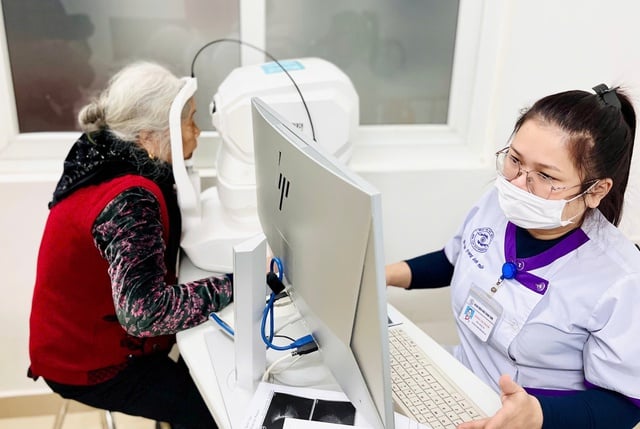
At Binh Tam Eye Hospital, this technique is performed routinely.
4. Diagnosis and monitoring by imaging
OCT (Optical Coherence Tomography) is an indispensable tool for diagnosing ERM, assessing retinal thickness, degree of traction, and postoperative monitoring.
Good post-operative prognostic OCT features: no macular edema, intact ellipsoid layer structure, no deep membrane adhesion.
5. Treatment prognosis
Most patients recover good vision after surgery within 3–6 months.
Factors predicting outcome include:
Time of illness
Degree of retinal structural damage
Age and associated conditions (diabetes, hypertension...)
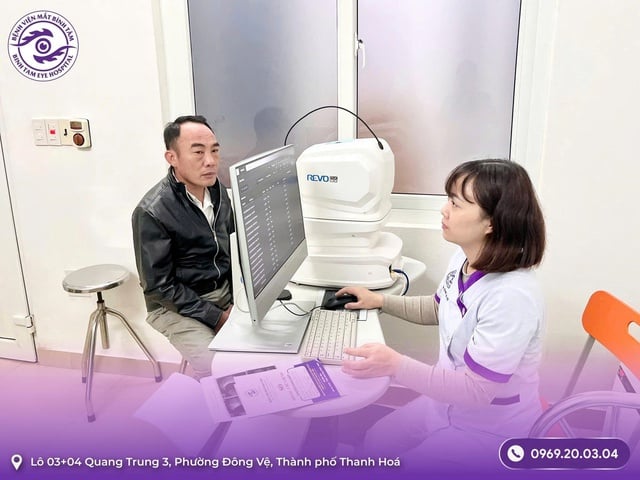
Binh Tam Eye Hospital, with a team of highly specialized professionals and advanced technology, ERM treatment is performed safely and effectively.
6. Comprehensive patient care
Examination and treatment of retinal diseases: macular degeneration, retinal vascular occlusion, diabetic retinopathy, uveitis...
Painless, minimally invasive surgery, quick recovery.
Combining vision counseling, visual rehabilitation, and long-term postoperative follow-up.
Although epiretinal membrane (ERM) is a common disease in middle-aged and elderly people, if detected early and intervened promptly with modern surgical techniques, vision can improve significantly.
According to Dr. Nguyen Huu Dung - Director of Binh Tam Eye Hospital, some cases where vision is still relatively good but have symptoms of visual distortion that affect daily life still need to be considered for early intervention to prevent progressive damage to the retinal structure.
"Although epiretinal membrane (ERM) is a common disease, if detected early and treated promptly with modern surgical techniques, vision can be significantly improved. At Binh Tam Eye Hospital, with a team of highly specialized professionals and advanced technology, ERM treatment is performed safely and effectively, bringing confidence in the eyes of thousands of patients each year," Dr. Dung emphasized.
Khanh Linh
Source: https://suckhoedoisong.vn/mang-truoc-vong-mac-erm-tu-chan-doan-den-dieu-tri-hieu-qua-169251124160616959.htm








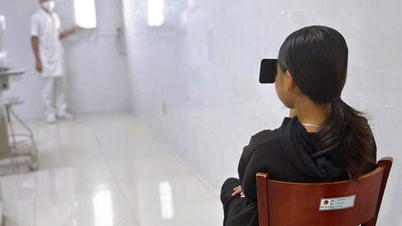





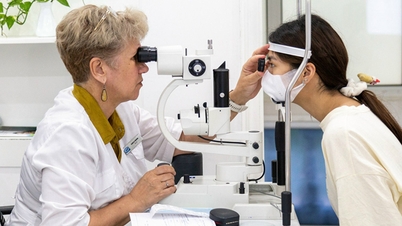







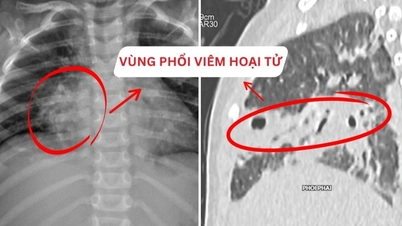







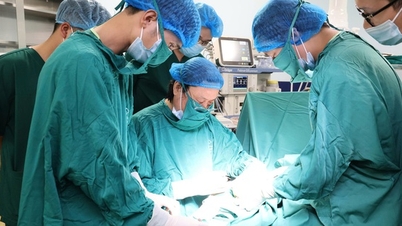
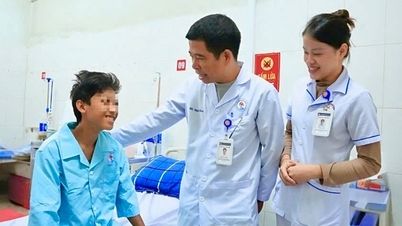







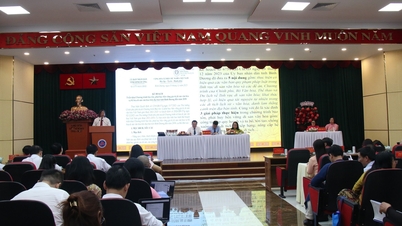
















![[Answer] Should I install an elevator for an old renovated house?](https://vphoto.vietnam.vn/thumb/402x226/vietnam/resource/IMAGE/2025/11/25/1764039191595_co-nen-lap-thang-may-cho-nha-cai-tao-cu-khong-04.jpeg)































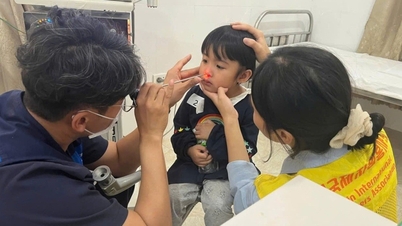

















Comment (0)